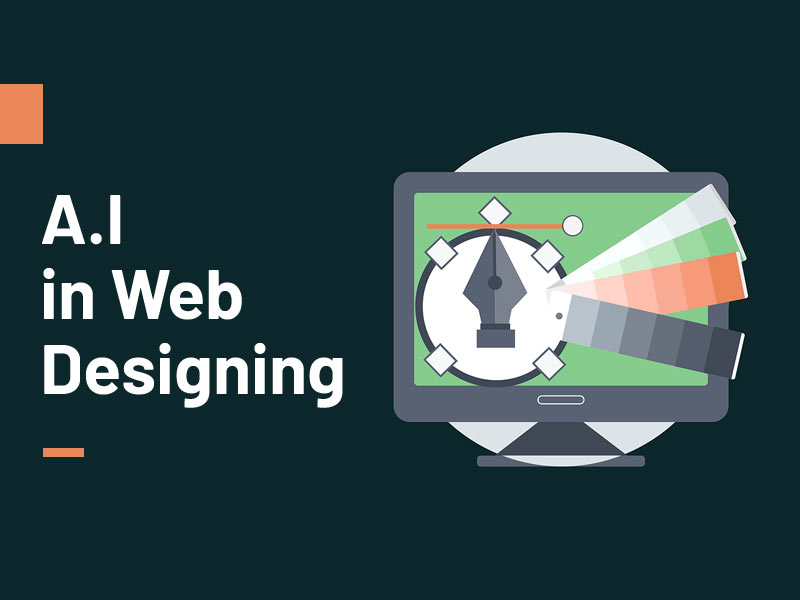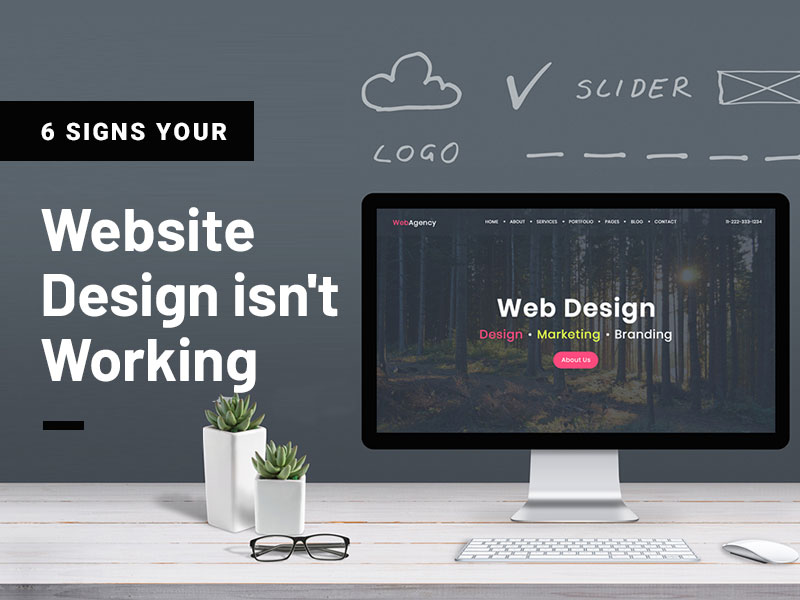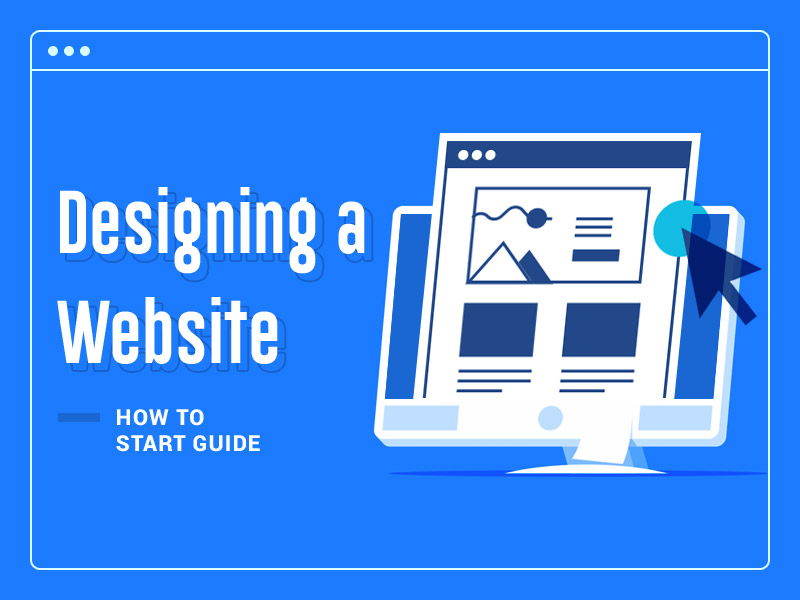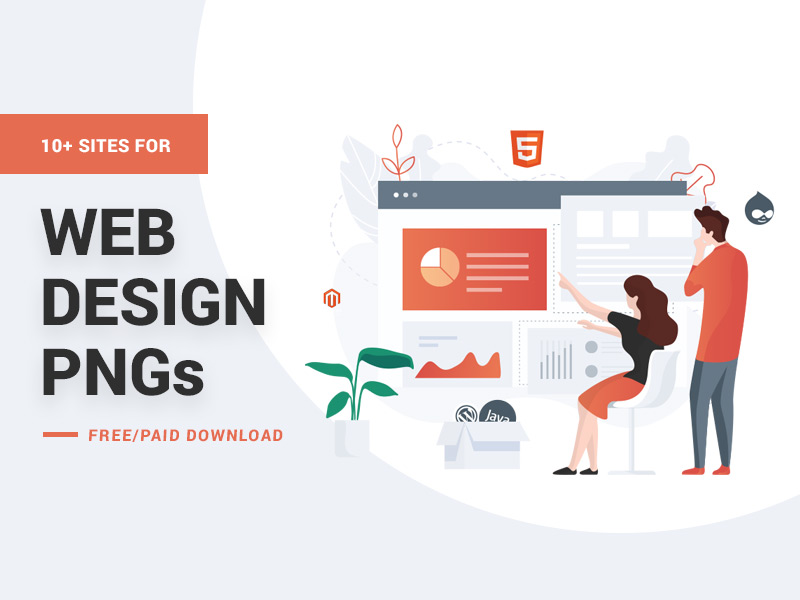In today’s digital world, having a powerful website is vital for any business. You can benefit from a website even as an individual. If you build your own brand and promote it on the web, you can stand out from the crowd, no matter what you are doing for a living. Probably, that’s why more and more young people decide to study web design.
Gaining skills in web design
Web design is a marketable skill, so you can make a lot of money on it. This job is really rewarding, so why not try it? What’s more, web design allows you to enjoy your creative side. You can work on something both beautiful and functional. For sure, your artistic talent can be used in this profession. However, as with any other digital field, studying web design may be a challenge. If you feel that it’s too hard for you to deal with college workload, you can find assignment writers for hire who will help you with your studies. AssignmentBro provides assistance with home tasks in almost any discipline. This way you can relieve the burden on your shoulders.
Creating a web design brief
A web design brief is what helps you identify possible obstacles, objectives and expected outcomes of your project. In general, it outlines the overall web design process, requirements and timelines. Its main purpose is to provide both you and your client with clear terms of workflow, deliverables, and post-launch services so that you have the same expectations. What’s more, the brief helps to estimate expenses and timescales more accurately. Below you can find a step-by-step guide on how to create an excellent web design brief.
Describe your client
If you are creating web design for a business, it must contain a company overview that includes brand values, vision and mission. All these elements determine the direction of your web design project. It’s important to add a list of main stakeholders to the brief too. Why? Because it can be quite helpful when you need to contact them and if any issues arise with specific deliverables.
Come up with a project overview
Once you can see a clear picture of your client’s business, it’s time to define the scope of your web design project. You must create an extensive background for your work. This way it will be easier to make it successful. What to include in your overview?
First of all, it must contain all expected deliverables. And it’s not only about the website itself but also about other additional assets, like a logo, content and even custom email address. You should also add the information about potential obstacles and the ways of addressing them.
Sometimes, a brief includes important details on what is not within the scope of the project. Next, mention the extent of client involvement in the design process. It’s essential to discuss the tone of the website’s content for both text and visuals in your brief. And finally, this document must list any key functionalities the website needs, including CTA buttons and contact forms.
Define your goals
After getting a clear understanding of each element involved in the projects, you need to find out the website’s goals. In other words, what problems is it expected to solve? One you know it, you can ensure that the design you are creating is effective. Defining goals also helps you stay within the scope and focus on what’s most important to your client.
What are some possible goals? They might be increased brand awareness, more sales, improved online presence and lead generation. The website may also aim at providing some information via a blog or digital learning.
Identify the target audience
Who is an average end-user of the website? To identify it, you need to gather some demographics and psychographics for your brief. It includes information about age, gender, occupation, life values and media habits. With its help, you will be able to gear your website towards its target audience.
Conduct competitor research
To create a high-quality web product, you must know your client’s competitors. With proper competitor research, you can define key features that will set your website apart. Examine as many web platforms in a given niche as possible to see what they are doing right or wrong. Also, jot down customer pain points that competitors are not able to address and do your best to solve them in your own design. Additionally, include key functionality that might be helpful to your brief. Remember that competitors can be a source of valuable information.







